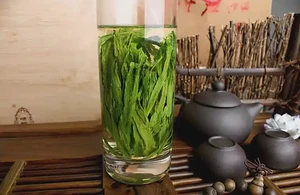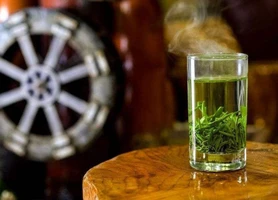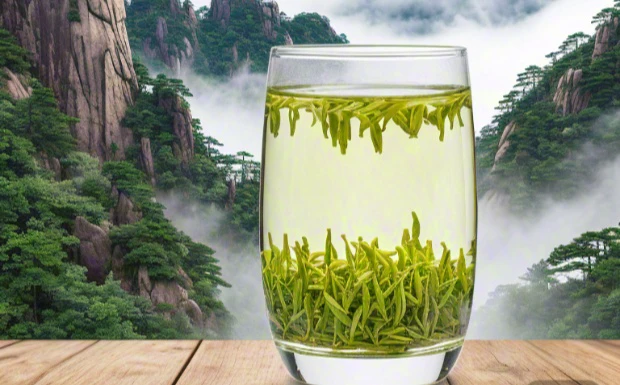

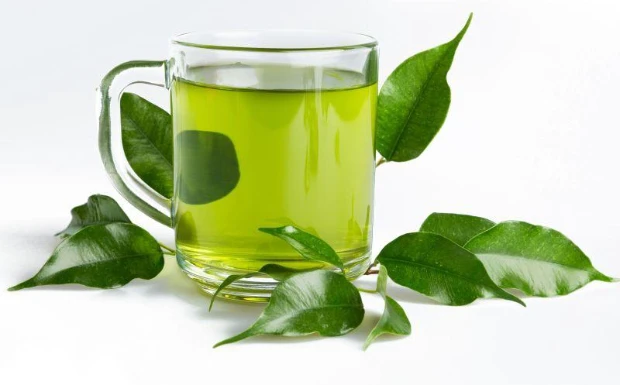
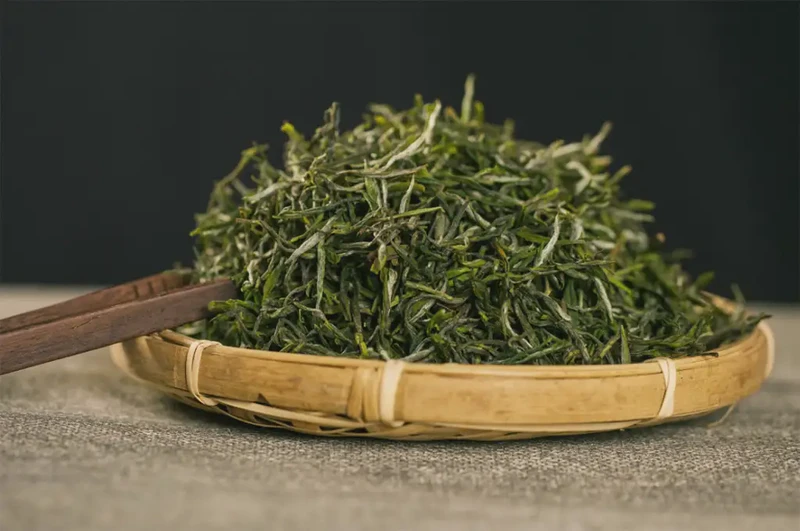
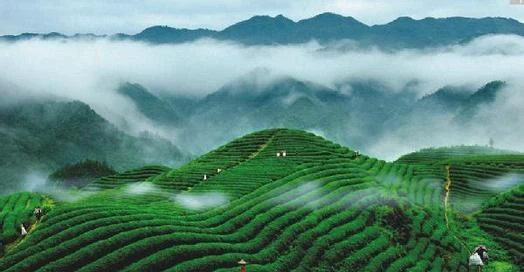
Lushan Yun Wu
Origin
Jiangxi
Category
Green Tea
Harvest Time
Pre-Qingming
Processing
Pan-firing
Description
Lushan Yun Wu, meaning 'Lushan Cloud Mist,' is a distinctive Chinese green tea grown in the misty peaks of Mount Lu in Jiangxi Province. Renowned for its delicate flavor, smooth texture, and the unique terroir influenced by the mountain's clouds and cool climate.
